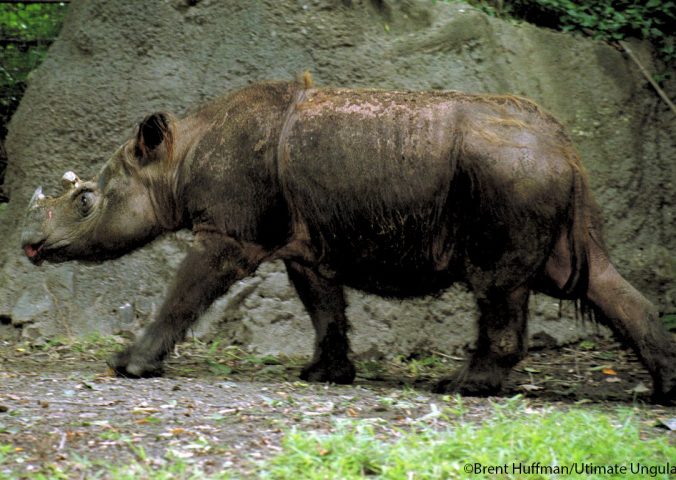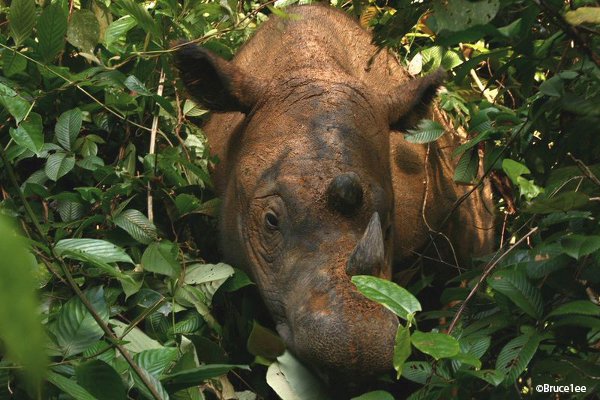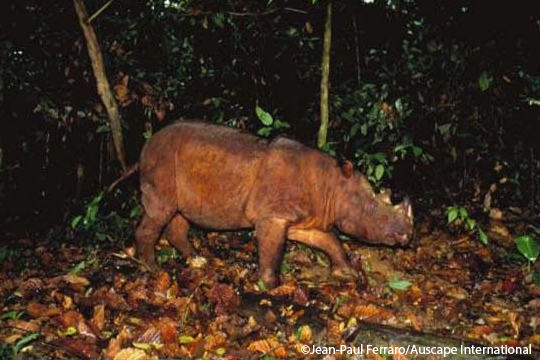About
The Sumatran rhinoceros is the smallest and most threatened of the five living rhinoceros species.
There are less than 100 Sumatran rhinos in the wild, scattered through 5 populations across Sumatra, and Indonesia. As of August 2016, the Sumatran rhino was declared locally extinct in Malaysia, with the only 3 remaining Malay individuals being in captivity. It is difficult to survey the population as they are mostly solitary animals, outside of courtship and raising offspring. The Sumatran rhino has been called the most vocal rhino species, 40 individuals in captivity were extensively observed, revealing the subtleties of their communications and vocalisations. As with other rhino species, they are under threat from poaching because of the erroneous perception that their keratinous horn holds medicinal properties. While they have a small horn compared the other rhino species, it is, wrongly, believed to be more potent because of this. They are also under threat due to habitat destruction, local hunting, with a very low, and fragmented population making natural recovery very difficult. They are sometimes called the ‘hairy rhino’ because of the long coarse hair that covers its body; it is actually the closest living relative of the extinct Woolly rhino (Coelodonta antiquitatis). The Sumatran rhinoceros is the only surviving member of the most primitive group of rhinos, the Dicerorhinini which emerged in the Miocene, 15-20 million years ago.
- Order: Perissodactyla
- Family: Rhinocerotidae
- Population: <100
- Trend: decreasing
- Size: 236-318cm
- Weight: 600-950kg
EDGE Score
Distribution
Mostly in Indonesia (Sumatra) and Peninsular Malaysia. Reports of scattered populations elsewhere in south-east Asia.
Habitat and Ecology
This rhino is mainly found in hilly country near water. It inhabits both tropical rainforest and mountain moss forest. The species is thought to prefer lowland secondary forest, where the canopy is broken and the smaller shrubs and vines on which it feeds are more abundant. They are browsers, feeding on a wide variety of plant material, including fruit, leaves, bark, shrubs and vines. Most of the 50 kg of food the rhino consumes each day comes from saplings, which it breaks down in order to reach young leaves and shoots. They are particularly fond of wild mangos, bamboo and figs, and obtains essential minerals from salt-licks.





